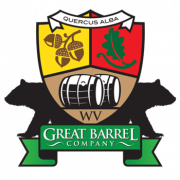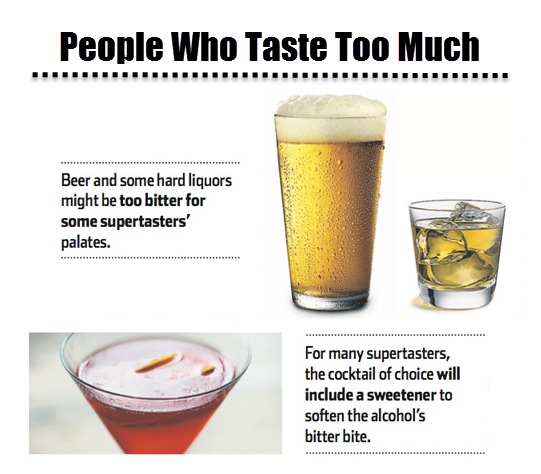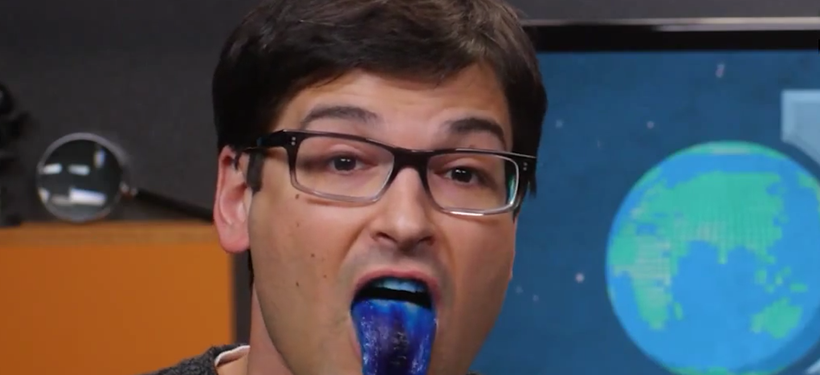
If you have ever been to a beer, wine or bourbon tasting you’ll hear things like, it has the flavor of sherbet, dark chocolate, honey, vanilla or burnt rubber. You may try the same spirit from the same bottle and not taste any of those things. It’s not that the other person is full of malarkey; it’s something that you can thank your mom and dad for. You see, your DNA will determine whether you’re a supertaster or not.
Like the snowflakes that falls from the sky, no two people are exactly alike. When it comes to taste buds people can generally be divided into three groups,
- Non-Tasters – about 25% of the population. The world of food tastes good and you love many different foods. You experience more positives, such as sweetness and less negative such as bitterness.
- Tasters – about 50% of the population. You probably don’t mind bitter vegetables and can still enjoy highly hopped beers as extreme bitterness does not make you wince.
- Supertasters or Super Tasters – About 25% of the population. You tend to find most things too strong and often dislike a number of foods and you eat less fruits and vegetables that contain bitters tastes. You may like to use a lot of salt.
- Bonus Group: Super Supertasters – About 4% of the population. The world of taste is very strong and you pick out things that the rest of the world cannot taste as easily or strongly. These groups of people are often sommeliers and chefs.
Here are two simple tests to find out if you’re a supertaster.
Taste Test Method #1: The Blue Dye Counting Method
This is a simple way to simply count the taste buds on your tongue from The Tech Museum of Innovation. It’s reliable but not nearly as interesting as method #2 since you do not actually taste anything.
What you need.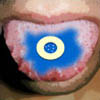

- Cotton swab
- Blue food coloring
- A plastic reinforcement ring used in a three hole binder
- A magnifying glass
- A helper to do the counting or a mirror to count for your self
What to do.
- Dab the blue food coloring on the tip of your tongue with the cotton swab. If you are out of cotton swabs you can just pour a few drops directly on your tongue. Be careful not to let it drop or it will look like your pen exploded on the front of your shirt.
- Place the plastic reinforcement ring on the top of your tongue over the blue dye.
- Using the magnifying glass, have your helper or use the mirror to start counting the bumps inside the ring. The bumps are fungiform papillae. The blue dye does not stick to your papillae. Each one contains hundreds of taste buds.
- If you count fewer than 15, you are a non-taster. You still taste things, just not as intensely as others.
- If you count 15 to 35 you are an average taster.
- If you count more than 35 congratulations, you’re likely a supertaster.
Taste Test Method #2: PTC (Phenylthiocarbamide) test strips
This method is a whole lot more fun since you will actually be tasting but takes a bit more time since you have to track down some test strips. Once you have the test strips and do the test, you’ll know immediately by the look on people’s faces if they are a non-taster, taster, supertaster or they are part of the elite super supertaster group.
What you need.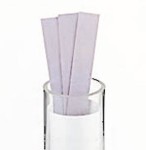

- Test Strips: You’ll need some PTC (Phenylthiocarbamide) test strips. Do a search online and you’ll find plenty of sources. Here’s a link to order 100 strips for under $10. PTC is similar to a compound found in many dark green vegetables.
What to do.
- Rinse your mouth out with a fresh glass of water to prepare you tongue.
- Place the PTC strip on your wet tongue.
- Watch what happens.
Non-tasters will think it mostly tastes like paper, tasters will find that it’s bitter while supertasters will find the taste super bitter. The elite super supertasters will find the test strip almost vile or nauseating and question why you just had them taste something so disgusting.
Give it a try and have fun!






